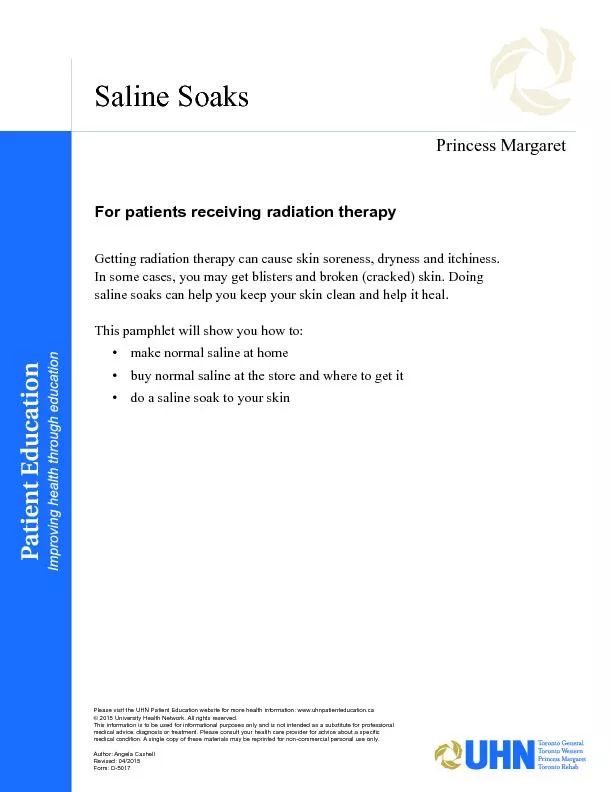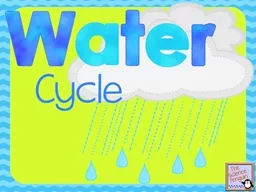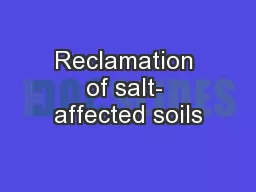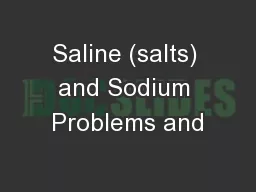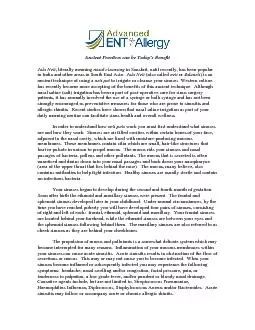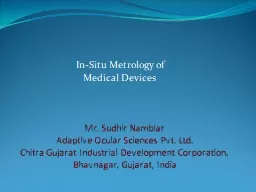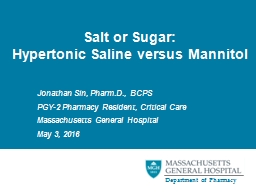PDF-Saline Soaks
Author : calandra-battersby | Published Date : 2016-08-04
Getting radiation therapy can cause skin soreness dryness and itchiness In some cases you may get blisters and broken cracked skin Doing saline soaks can help you
Presentation Embed Code
Download Presentation
Download Presentation The PPT/PDF document "Saline Soaks" is the property of its rightful owner. Permission is granted to download and print the materials on this website for personal, non-commercial use only, and to display it on your personal computer provided you do not modify the materials and that you retain all copyright notices contained in the materials. By downloading content from our website, you accept the terms of this agreement.
Saline Soaks: Transcript
Download Rules Of Document
"Saline Soaks"The content belongs to its owner. You may download and print it for personal use, without modification, and keep all copyright notices. By downloading, you agree to these terms.
Related Documents

